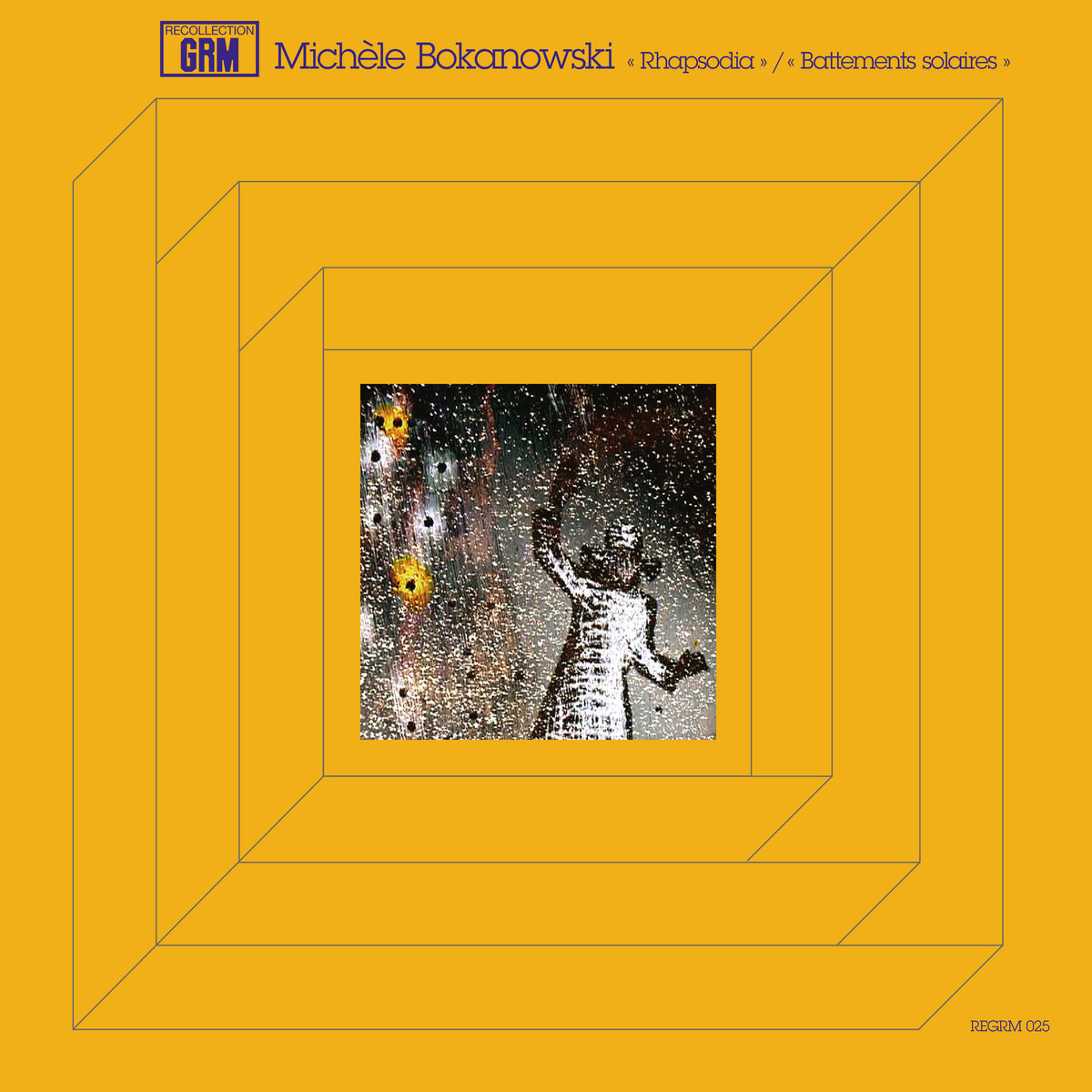 This electro-acoustic release by Michèle Bokanowki consists of two pieces. "Rhapsodia" from 2018, is a stunning work in two movements with a short interlude, dedicated to choreographer, Marceline Lartigue. "Rhapsodia" is as close to perfection as I can imagine music to ever be, with the texture, the pace, the changes, and the timing of the changes all working in an organic and unhurried way. "Battlement solaires" from a decade earlier, is the soundtrack to Patrick Bokanowski’s film of that name. Initially I felt this second piece might be best heard with visual images, but by the third hearing I utterly love it as a stand alone work, too.
This electro-acoustic release by Michèle Bokanowki consists of two pieces. "Rhapsodia" from 2018, is a stunning work in two movements with a short interlude, dedicated to choreographer, Marceline Lartigue. "Rhapsodia" is as close to perfection as I can imagine music to ever be, with the texture, the pace, the changes, and the timing of the changes all working in an organic and unhurried way. "Battlement solaires" from a decade earlier, is the soundtrack to Patrick Bokanowski’s film of that name. Initially I felt this second piece might be best heard with visual images, but by the third hearing I utterly love it as a stand alone work, too.
In these compositions, Bokanowski makes incredibly subtle changes and only after each element and has fully blossomed. She is such an experienced composer that the spiritual depth and attentiveness to uncluttered illumination in these tracks is at times quite staggering. If these sounds were a fireworks display, it is as if she does not let the momentum lag yet never obscures a single spark or any fading light trail with another rocket until they have been properly seen. This requires confidence, honesty and patience. Her music does not labor over specific ideas, or attempt to trigger vague or irrational feelings, or nostalgic sentiments. There is no need to approach it as a puzzle to be solved or message to be deciphered. There are hundreds of possibilities here and I will not isolate any one idea, other than to say take the time to allow the music to bloom and ripen. About five years ago I attended saw a showing of Patrick Bokanowski's L'Ange/The Angel at the Nasher Sculpture Center, in Dallas. Michèle Bokanowski created the soundtrack for that exquisite film; her music matching the images with such amazing quality and sensitivity. It almost brings a tear to my eye to recall that the couple were present for the screening, sitting together, looking very humble and decidedly un-showbiz. Bless them both as artists and bless you for listening to Rhapsodie/Battements solaires and seeking out L'Ange.


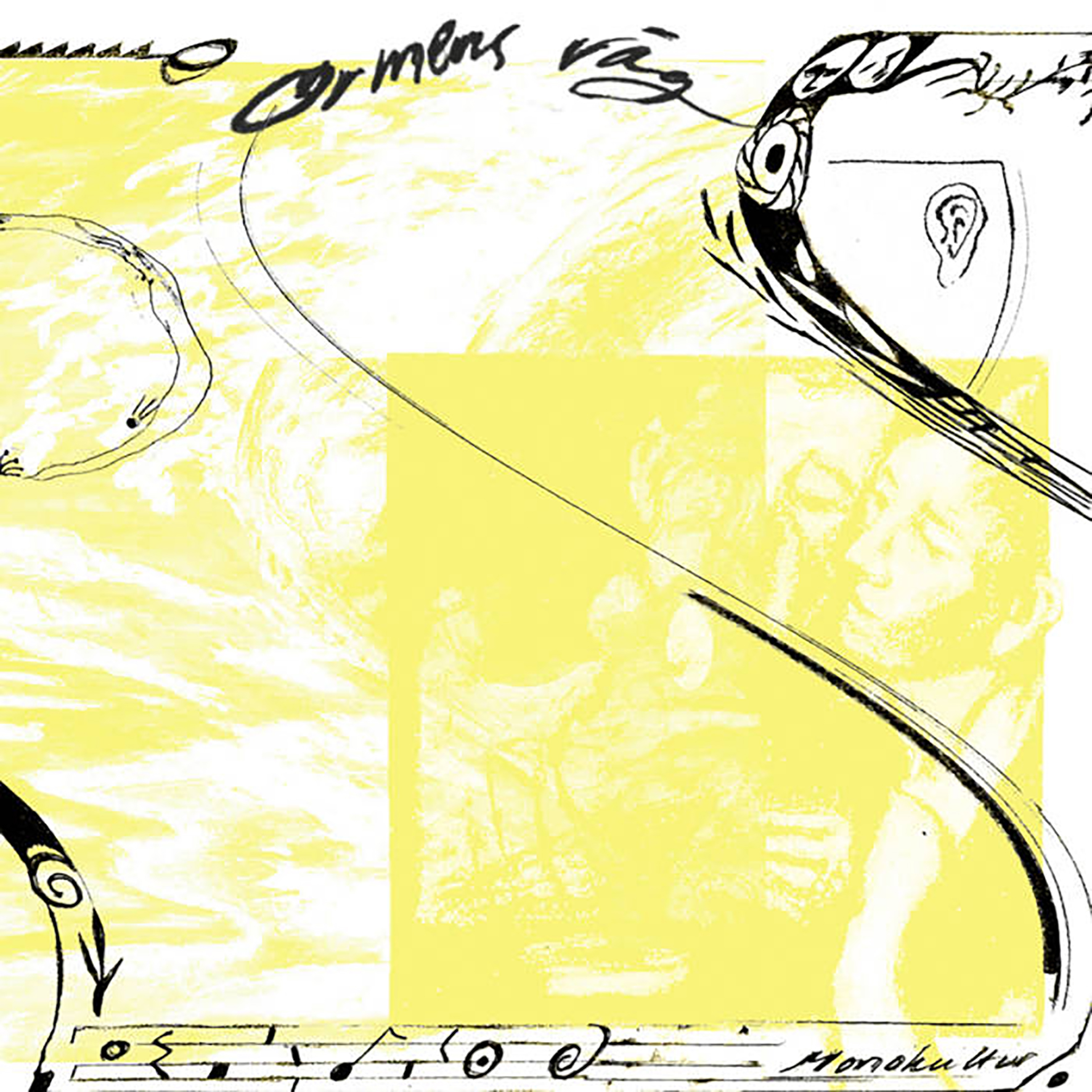


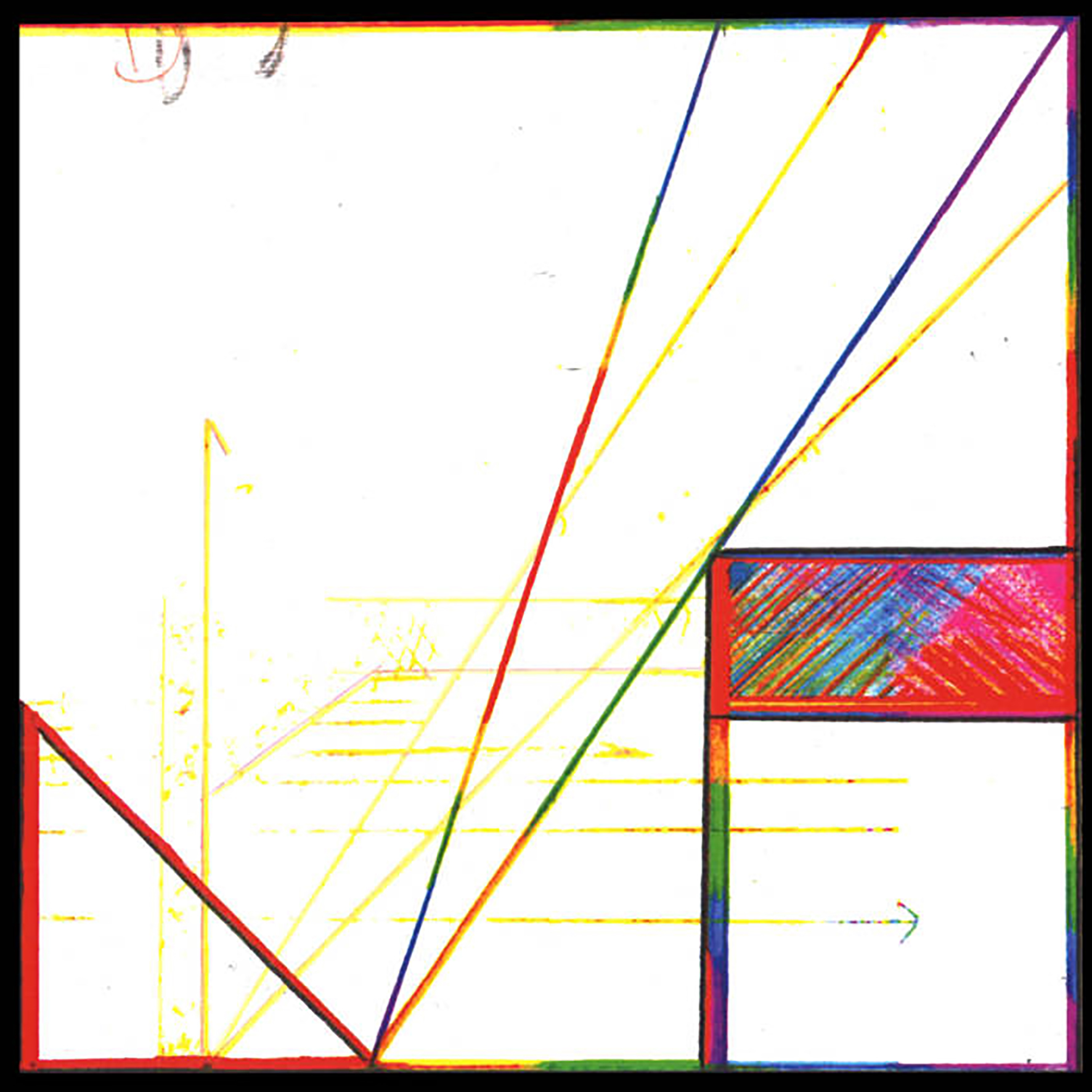
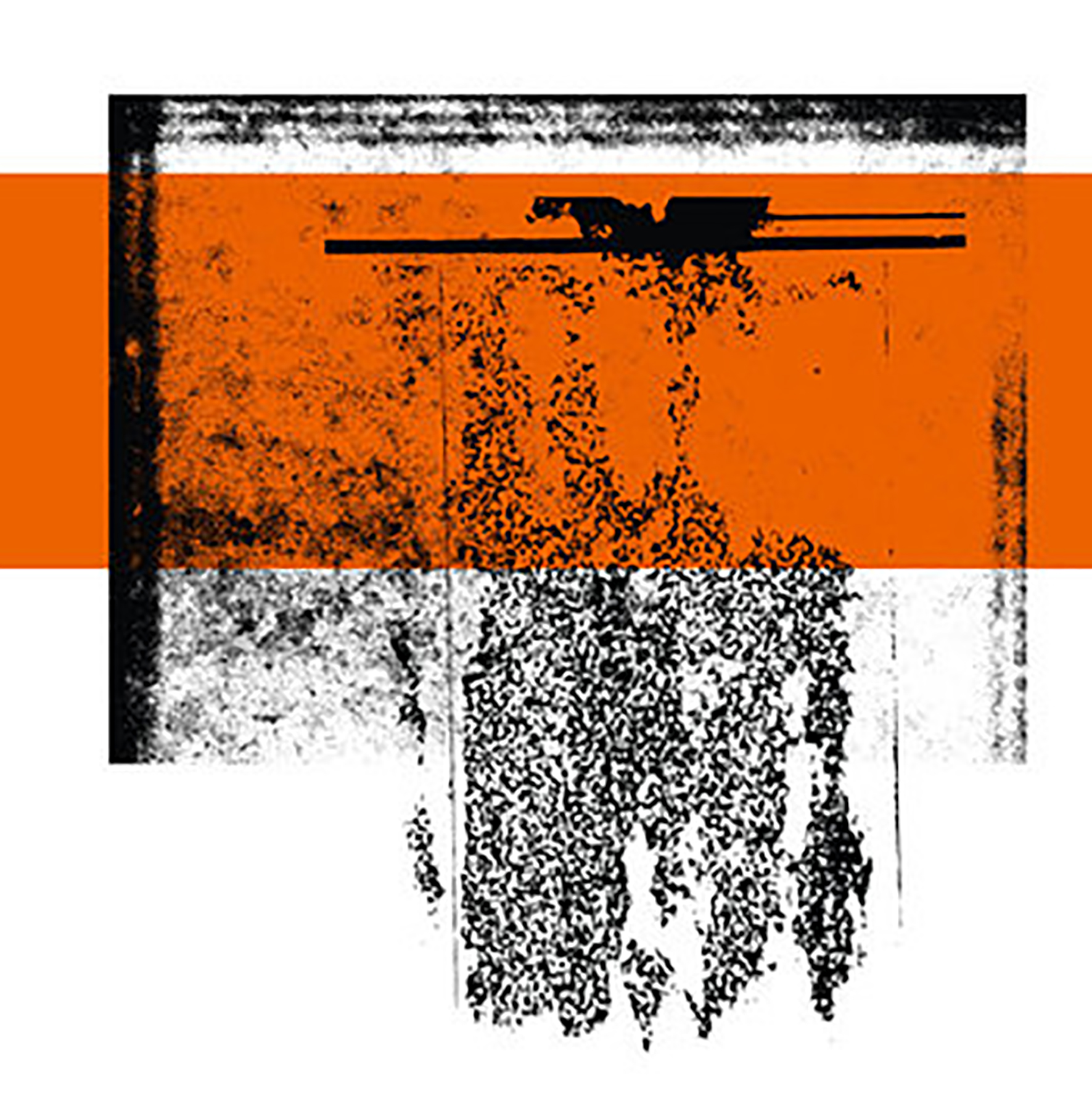
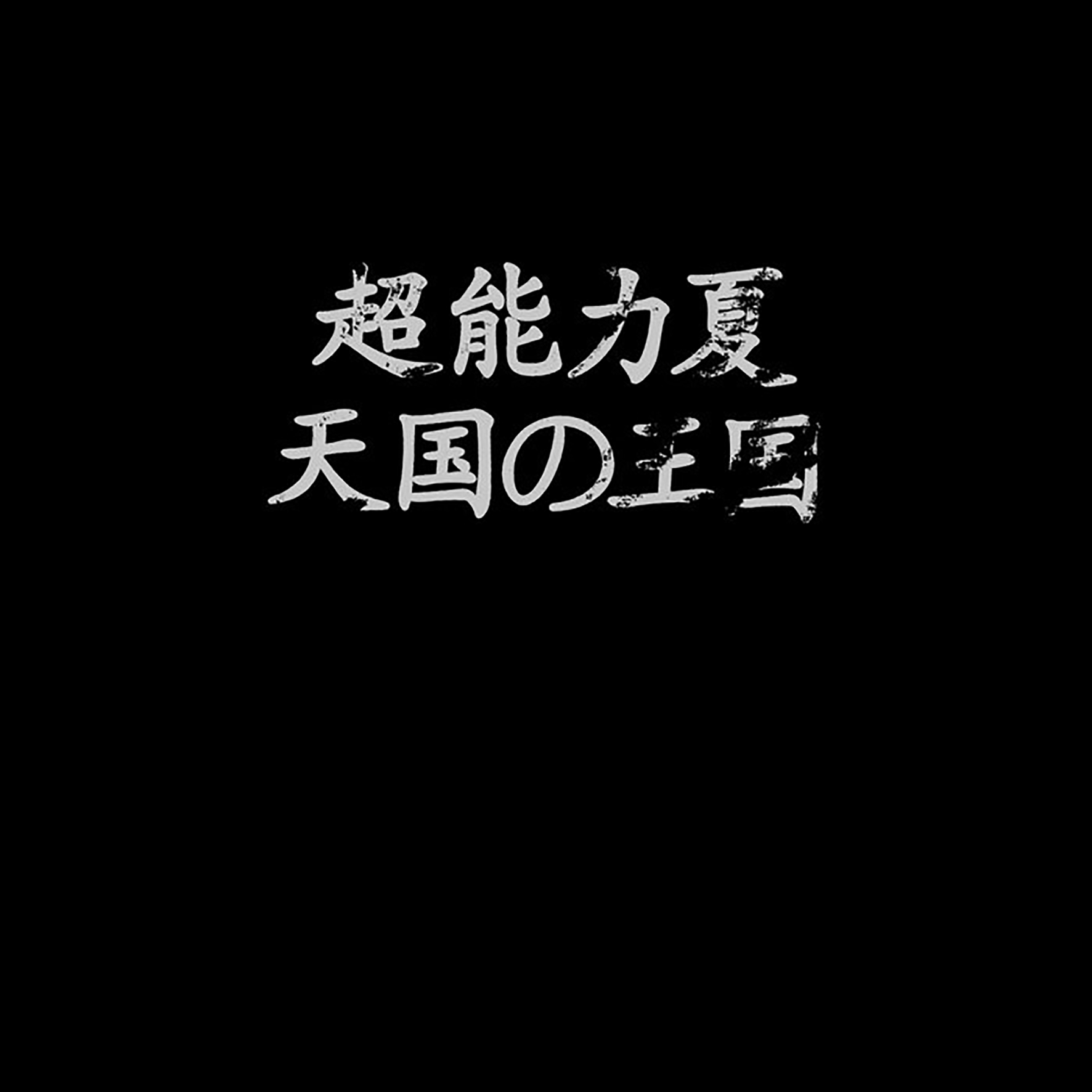 Back in the mid-'90s, His Name is Alive and Pale Saints were labelmates on 4AD and a seemingly one-off studio collaboration between Warren Defever and Ian Masters called ESP Summer was born. While that debut album arguably felt like a too-smooth and straightforward blend of the two artists' aesthetics, it did not take long for deeper eccentricities start appearing, as the project soon started varying its name (ESP Neighbor, ESP Continent), omitting crucial information from album credits, and exclusively releasing limited releases on odd formats. Aside from that, they also went on a 25 year hiatus that finally ended with a pair of releases on Osaka, Japan's Onkonomiyaki label in 2020. Both were quite weird (Here is composed of minimal, vocal-free sound collages), but one of them was also quite good and this is that one: originally a 5" lathe cut vinyl release entitled 天国の王国, the EP is now getting a second life with the translated and apt title Kingdom of Heaven. More specifically, this EP is comprised of four very divergent covers of a single song from the 13th Floor Elevators' 1966 debut (and one written by Powell St. John rather than the band, no less). While the original "Kingdom of Heaven" is a perfectly fine song that was not exactly begging for further enhancements, its strong hooks make it a perfect and sturdy melodic center for Masters and Defever's freewheeling dreampop and psych experimentation. Given the project's oft-inscrutable trajectory, Kingdom of Heaven is an unexpectedly focused, memorable, and compelling release.
Back in the mid-'90s, His Name is Alive and Pale Saints were labelmates on 4AD and a seemingly one-off studio collaboration between Warren Defever and Ian Masters called ESP Summer was born. While that debut album arguably felt like a too-smooth and straightforward blend of the two artists' aesthetics, it did not take long for deeper eccentricities start appearing, as the project soon started varying its name (ESP Neighbor, ESP Continent), omitting crucial information from album credits, and exclusively releasing limited releases on odd formats. Aside from that, they also went on a 25 year hiatus that finally ended with a pair of releases on Osaka, Japan's Onkonomiyaki label in 2020. Both were quite weird (Here is composed of minimal, vocal-free sound collages), but one of them was also quite good and this is that one: originally a 5" lathe cut vinyl release entitled 天国の王国, the EP is now getting a second life with the translated and apt title Kingdom of Heaven. More specifically, this EP is comprised of four very divergent covers of a single song from the 13th Floor Elevators' 1966 debut (and one written by Powell St. John rather than the band, no less). While the original "Kingdom of Heaven" is a perfectly fine song that was not exactly begging for further enhancements, its strong hooks make it a perfect and sturdy melodic center for Masters and Defever's freewheeling dreampop and psych experimentation. Given the project's oft-inscrutable trajectory, Kingdom of Heaven is an unexpectedly focused, memorable, and compelling release. This EP is the debut release from an "all-female rock band" from South Portland, Maine who are notable for several reasons. The biggest of those reasons is probably that the band's singer/guitarist is Quinnisa Kinsella Mulkerin (one-third of Big Blood's current incarnation), but the fact that all three band members are 15 years old is certainly significant as well. Neither of those things would matter all that much if this EP was not also quite good, but it is a remarkably assured and delightful dose of very cool and distinctive garage rock. Unsurprisingly, there are a few welcome resemblances to Quinnisa's other band, as she certainly shares some of Colleen Kinsella's vocal gifts and the two groups share a similar fondness for guitar noise and the assimilation of classic country influences. For the most part, however, Florida Man is quite a different entity altogether, eschewing most of Big Blood's weirder psych elements in favor of something considerably more raw, stripped down, punchy, and concise.
This EP is the debut release from an "all-female rock band" from South Portland, Maine who are notable for several reasons. The biggest of those reasons is probably that the band's singer/guitarist is Quinnisa Kinsella Mulkerin (one-third of Big Blood's current incarnation), but the fact that all three band members are 15 years old is certainly significant as well. Neither of those things would matter all that much if this EP was not also quite good, but it is a remarkably assured and delightful dose of very cool and distinctive garage rock. Unsurprisingly, there are a few welcome resemblances to Quinnisa's other band, as she certainly shares some of Colleen Kinsella's vocal gifts and the two groups share a similar fondness for guitar noise and the assimilation of classic country influences. For the most part, however, Florida Man is quite a different entity altogether, eschewing most of Big Blood's weirder psych elements in favor of something considerably more raw, stripped down, punchy, and concise. I was inexplicably late to the party on this wonderful London quartet, as the presence of drummer Valentina Magaletti is almost always a reliable indicator that something compelling is happening and that is especially true of this project. Fortunately, I realized my mistake when I chanced upon their 2019 single "Magician's Success" and its delightfully surreal video, which scratched exactly the same itch as all my favorite Broadcast and Stereolab songs (two acts that Vanishing Twin is probably damned to be compared to forever). While I would admittedly be thrilled if Vanishing Twin simply picked up where those two other brilliant bands left off, their actual influences are considerably more wide-ranging and endlessly mutating (Morricone, Sun Ra, Martin Denny, and Alice Coltrane are just a few of the band's explicit inspirations this time around). That said, the album does kick off with yet another excellent and welcome single in the vein of prime Stereolab (the title piece), yet the foursome also achieve a similar degree of success elsewhere with more disco- and swinging '60s film soundtrack-inspired fare. For the most part, I look to Vanishing Twin primarily for great singles at this point and Ookii Gekkou includes at least three of those, so I consider it a success. The rest of the album occasionally verges on being too smoothly poppy for my taste, but the omnipresent virtuosic rhythm section of Magaletti and bassist Susumu Mukai goes a long way towards keeping the album groovy and fun enough to keep me interested regardless.
I was inexplicably late to the party on this wonderful London quartet, as the presence of drummer Valentina Magaletti is almost always a reliable indicator that something compelling is happening and that is especially true of this project. Fortunately, I realized my mistake when I chanced upon their 2019 single "Magician's Success" and its delightfully surreal video, which scratched exactly the same itch as all my favorite Broadcast and Stereolab songs (two acts that Vanishing Twin is probably damned to be compared to forever). While I would admittedly be thrilled if Vanishing Twin simply picked up where those two other brilliant bands left off, their actual influences are considerably more wide-ranging and endlessly mutating (Morricone, Sun Ra, Martin Denny, and Alice Coltrane are just a few of the band's explicit inspirations this time around). That said, the album does kick off with yet another excellent and welcome single in the vein of prime Stereolab (the title piece), yet the foursome also achieve a similar degree of success elsewhere with more disco- and swinging '60s film soundtrack-inspired fare. For the most part, I look to Vanishing Twin primarily for great singles at this point and Ookii Gekkou includes at least three of those, so I consider it a success. The rest of the album occasionally verges on being too smoothly poppy for my taste, but the omnipresent virtuosic rhythm section of Magaletti and bassist Susumu Mukai goes a long way towards keeping the album groovy and fun enough to keep me interested regardless.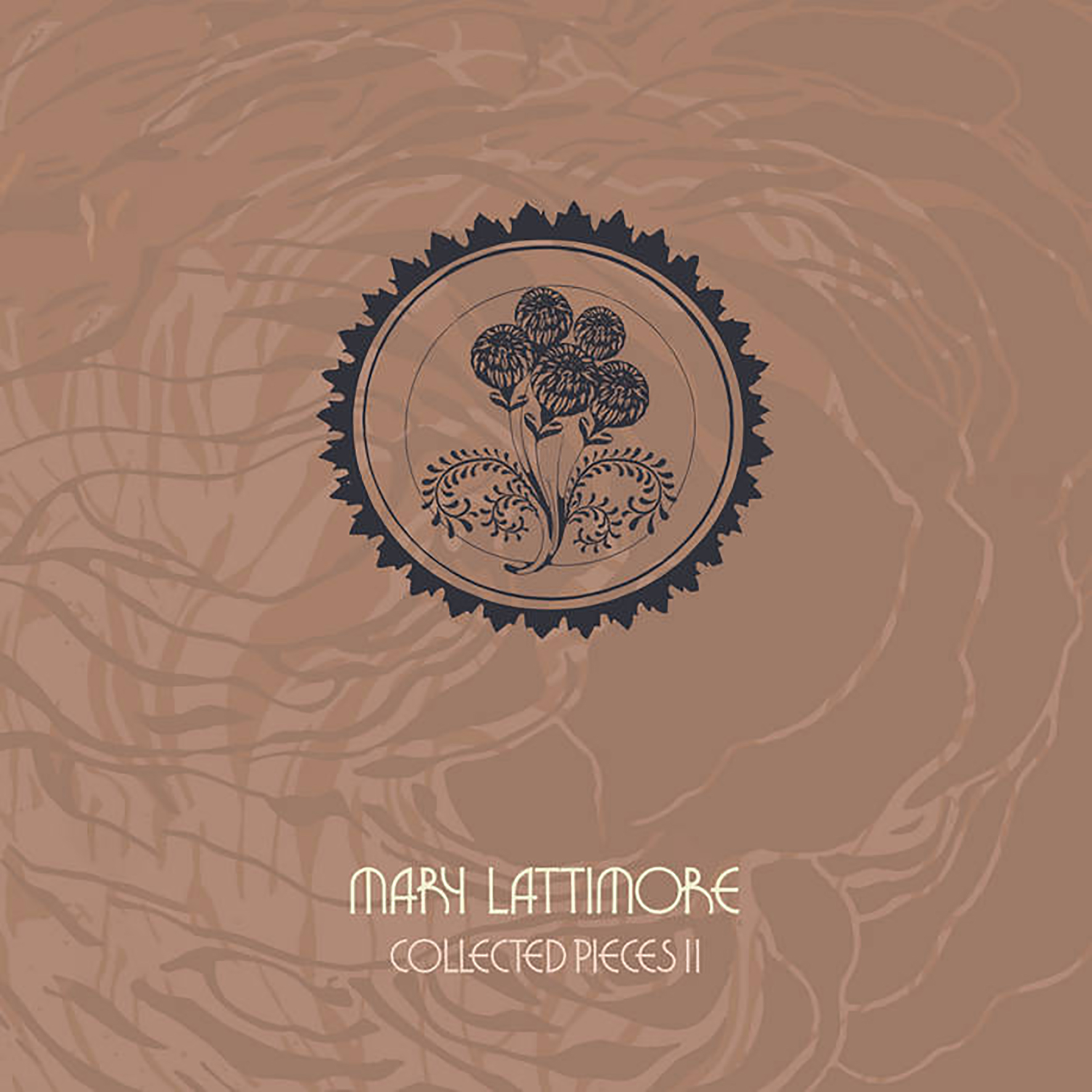 I believe I first started to become beguiled with Mary Lattimore's work with the release of 2016's At the Dam, but the following year's Collected Pieces definitely deepened my interest further, as it featured at least two stone-cold instant classics (and the rest of it consistently flirted with similar levels of greatness). While that first collection sets the bar intimidatingly high for this second cassette of unreleased songs, digital-only Bandcamp singles, and other stray pieces, Lattimore tends to be admirably discriminating in what she chooses to release and she has been on a bit of a compositional hot streak over the last couple years. Needless to say, there is plenty to enjoy here. As a whole, this second volume is probably a bit less uniformly strong than its predecessor, but it too contains a few pieces that most Lattimore fans will consider essential. Moreover, a couple of them are not included on the Collected Pieces: 2015‚Äã-‚Äã2020 double LP slated for release in January. As such, only casual Lattimore fans can safely pass up this stand-alone collection, as serious harp-heads will probably not want to deny themselves the pleasures of "Sleeping Deer" and "Princess Nicotine."
I believe I first started to become beguiled with Mary Lattimore's work with the release of 2016's At the Dam, but the following year's Collected Pieces definitely deepened my interest further, as it featured at least two stone-cold instant classics (and the rest of it consistently flirted with similar levels of greatness). While that first collection sets the bar intimidatingly high for this second cassette of unreleased songs, digital-only Bandcamp singles, and other stray pieces, Lattimore tends to be admirably discriminating in what she chooses to release and she has been on a bit of a compositional hot streak over the last couple years. Needless to say, there is plenty to enjoy here. As a whole, this second volume is probably a bit less uniformly strong than its predecessor, but it too contains a few pieces that most Lattimore fans will consider essential. Moreover, a couple of them are not included on the Collected Pieces: 2015‚Äã-‚Äã2020 double LP slated for release in January. As such, only casual Lattimore fans can safely pass up this stand-alone collection, as serious harp-heads will probably not want to deny themselves the pleasures of "Sleeping Deer" and "Princess Nicotine."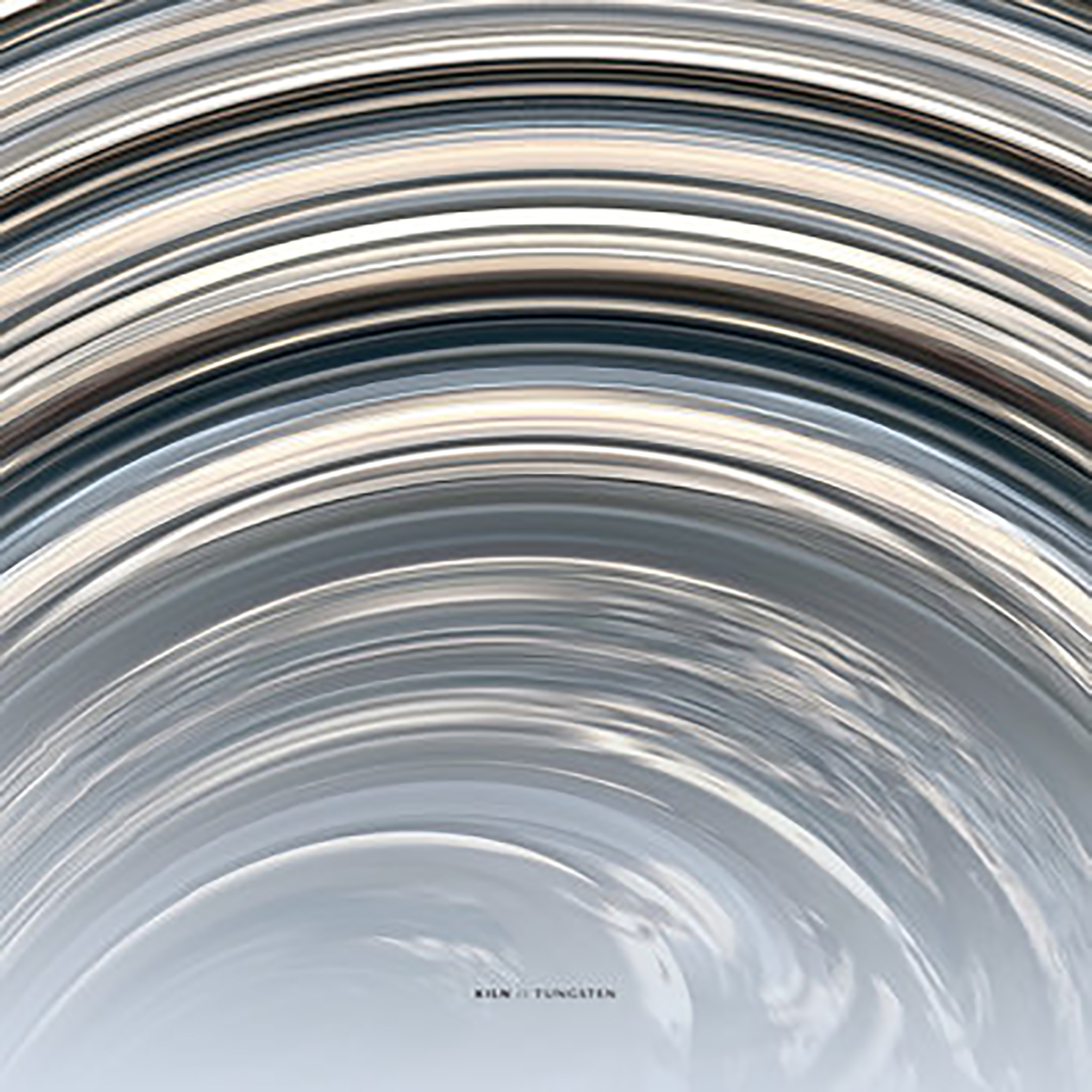
 Given that Anderson and Tyler began working together a few days after participating in an event commemorating David Berman, it is not a huge surprise that their guitar instrumentals have a Bermaneque feeling; making myth of the American landscape with moments, as the late poet sang, "when the here and the hereafter momentarily align."
Given that Anderson and Tyler began working together a few days after participating in an event commemorating David Berman, it is not a huge surprise that their guitar instrumentals have a Bermaneque feeling; making myth of the American landscape with moments, as the late poet sang, "when the here and the hereafter momentarily align."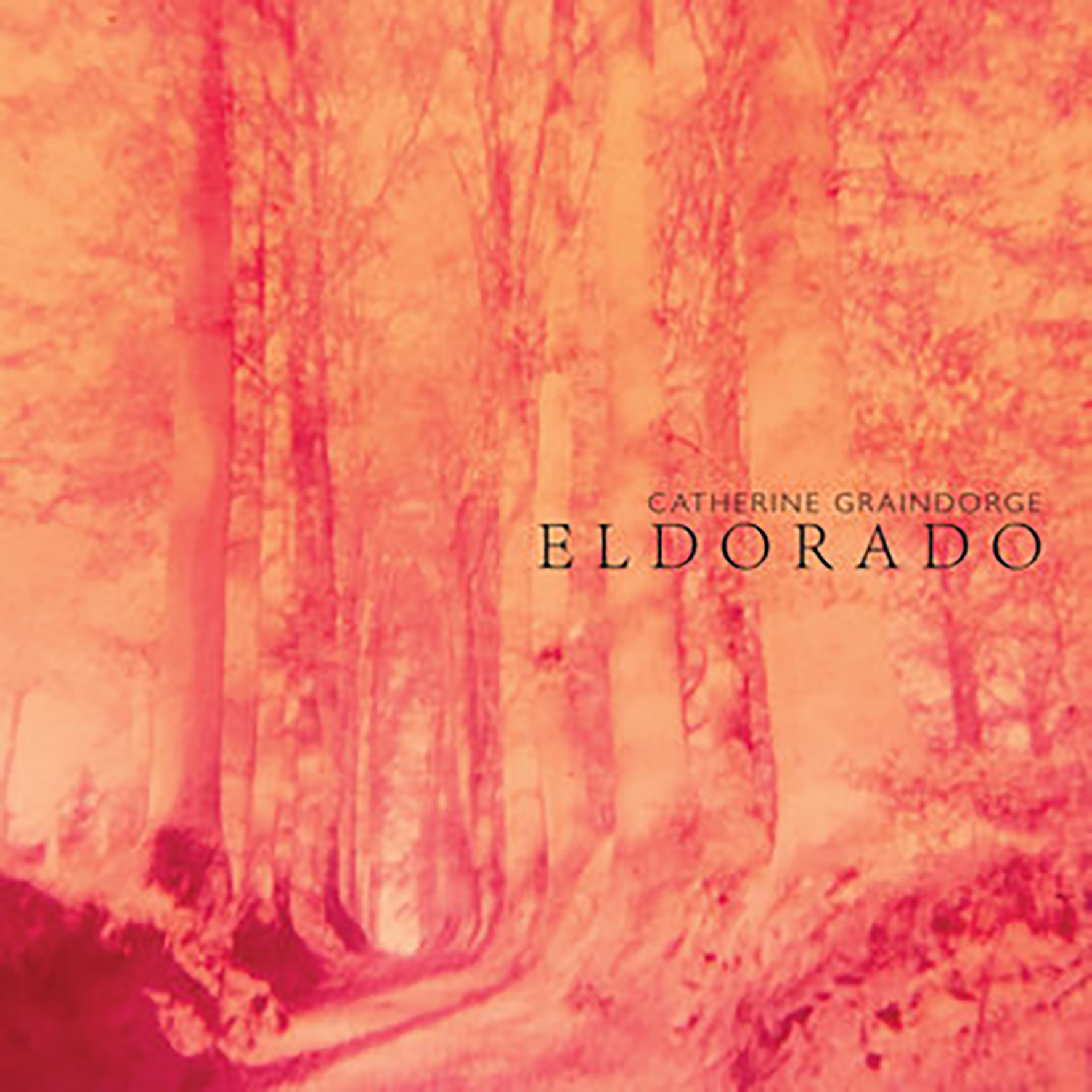
 This is the third and final installment of the Opalio brothers' wild and oft-brilliant collaborations with Talweg/La Morte Young’s Joëlle Vinciarelli, as "according to arcane, ancient cultures, sometimes things must come to an end to be "Eternal."" While something wonderful tends to happen just about every single time these three artists convene, this Arthur Rimbaud-inspired installment is the one that the Opalios personally consider the best of the series (at the moment, at least). I do not think I could choose a favorite album from the trilogy, but the opening "Eternal Fanfare for the Warriors" is definitely one of my favorite MCIAA-related pieces to date. While the trio are currently unsure whether the conclusion of the trilogy is their collaborative swansong or just one phase in their continuing evolution, they can safely lay claim to having conjured some of the most visceral and unique sounds to reach my ears in recent memory. Vinciarelli's intensity and unusual collection of instruments is a perfect foil (and grounding force) for the Opalios' otherworldly psychedelia.
This is the third and final installment of the Opalio brothers' wild and oft-brilliant collaborations with Talweg/La Morte Young’s Joëlle Vinciarelli, as "according to arcane, ancient cultures, sometimes things must come to an end to be "Eternal."" While something wonderful tends to happen just about every single time these three artists convene, this Arthur Rimbaud-inspired installment is the one that the Opalios personally consider the best of the series (at the moment, at least). I do not think I could choose a favorite album from the trilogy, but the opening "Eternal Fanfare for the Warriors" is definitely one of my favorite MCIAA-related pieces to date. While the trio are currently unsure whether the conclusion of the trilogy is their collaborative swansong or just one phase in their continuing evolution, they can safely lay claim to having conjured some of the most visceral and unique sounds to reach my ears in recent memory. Vinciarelli's intensity and unusual collection of instruments is a perfect foil (and grounding force) for the Opalios' otherworldly psychedelia.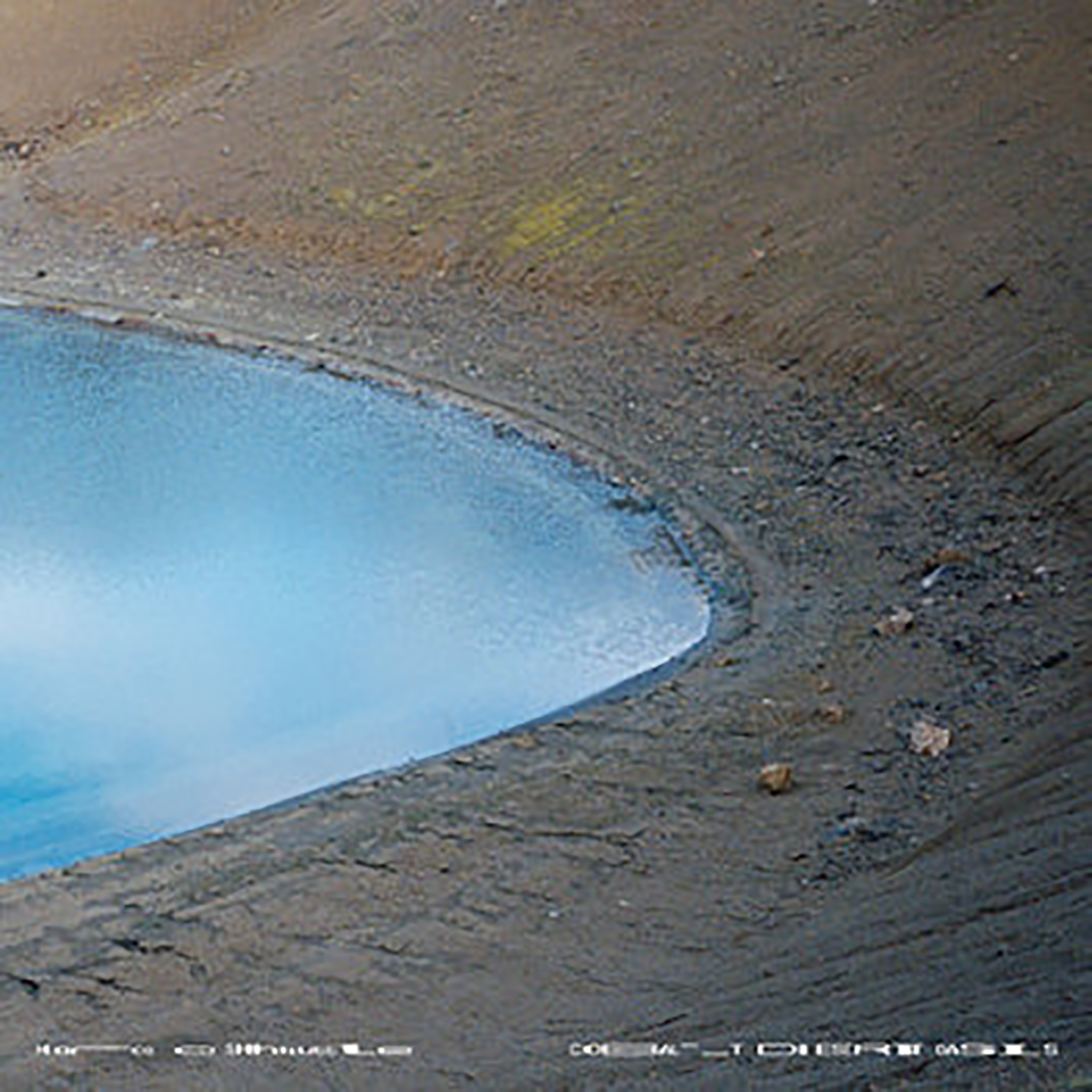
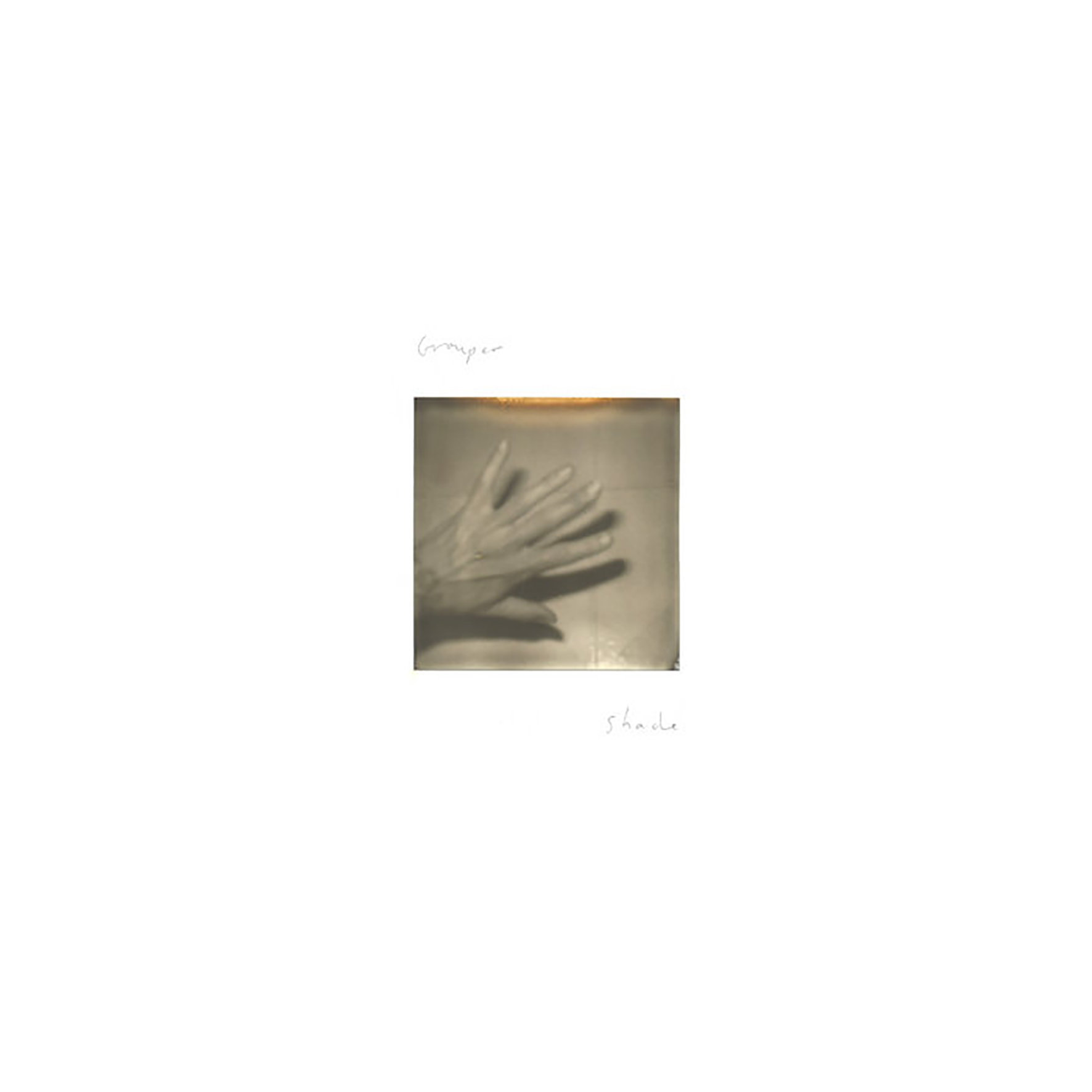 I suppose I have been a devoted Grouper fan since sometime around 2008's Dragging A Dead Dear Up A Hill, but there was a long stretch during The Reverb Years in which I was genuinely mystified by the outsized reverence that people seemed to have for this project (very similar to my experience with The Disintegration Loops, though I love several of Basinski's other albums). In more recent years, however, I have become considerably more convinced that Liz Harris is some kind of iconoclastic visionary (albeit a very slow-moving one), though I am not sure if she is shaping the culture so much as providing a much-needed corrective to its rapidly accelerating and tech-focused trajectory. While my initial impression is that this 12th Grouper full-length is not quite as uniformly strong as some other Grouper albums from recent years, that is less relevant than the fact that it continues Harris's trend towards more intimate, emotionally direct, and beautifully distilled songcraft. In that regard, Shade gives me exactly what I want from a new Grouper album: at least one song that is an absolutely devasting gut punch on the same level of "Parking Lot" and "Living Room." To my ears, that album-defining gem comes in the form of the folky, bittersweet closer "Kelso (Blue Sky)," but there are probably a couple of other sublime and/or unexpected gems destined for semi-permanent heavy rotation in my life as well.
I suppose I have been a devoted Grouper fan since sometime around 2008's Dragging A Dead Dear Up A Hill, but there was a long stretch during The Reverb Years in which I was genuinely mystified by the outsized reverence that people seemed to have for this project (very similar to my experience with The Disintegration Loops, though I love several of Basinski's other albums). In more recent years, however, I have become considerably more convinced that Liz Harris is some kind of iconoclastic visionary (albeit a very slow-moving one), though I am not sure if she is shaping the culture so much as providing a much-needed corrective to its rapidly accelerating and tech-focused trajectory. While my initial impression is that this 12th Grouper full-length is not quite as uniformly strong as some other Grouper albums from recent years, that is less relevant than the fact that it continues Harris's trend towards more intimate, emotionally direct, and beautifully distilled songcraft. In that regard, Shade gives me exactly what I want from a new Grouper album: at least one song that is an absolutely devasting gut punch on the same level of "Parking Lot" and "Living Room." To my ears, that album-defining gem comes in the form of the folky, bittersweet closer "Kelso (Blue Sky)," but there are probably a couple of other sublime and/or unexpected gems destined for semi-permanent heavy rotation in my life as well.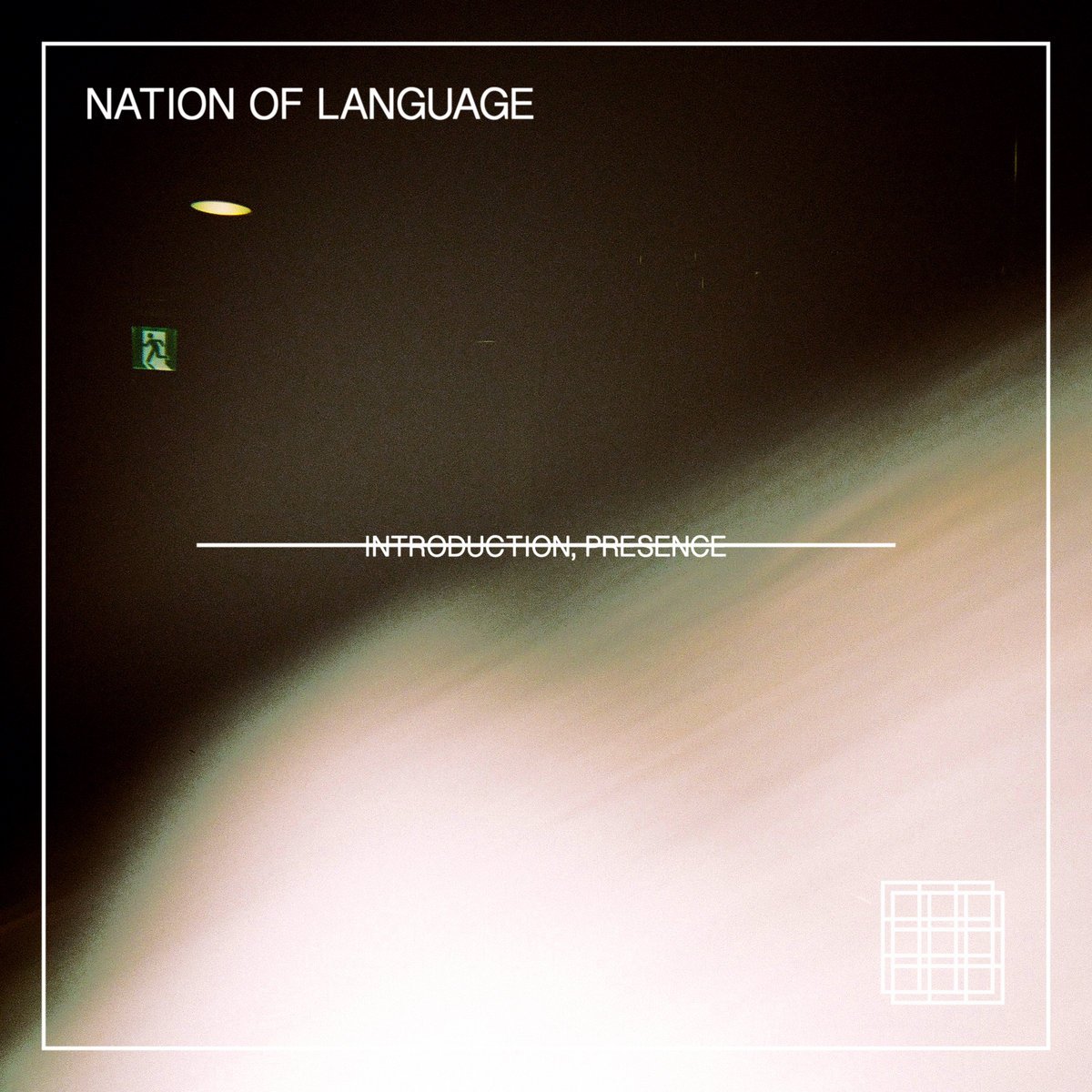 I can comfortably get into complex music at its most intricate, but not all music needs to be this way to fill my soul. The debut from Brooklyn's Nation of Language is rich with eighties new wave vibes, with uncomplicated and passionate melodies evoking warm summer feelings from a bygone time, all the while belying its forlorn lyrical content. Nation of Language started as an homage to the synth-pop of singer Ian Devaney's youth. The band honed and tested their sound through a series of singles over four years before bringing everything together into their full-length debut Introduction, Presence. The apt title implies an introduction to their sound, exuding a genuine and powerful presence to a band that has taken careful care to honor their past with a sound that stands firm in the future.
I can comfortably get into complex music at its most intricate, but not all music needs to be this way to fill my soul. The debut from Brooklyn's Nation of Language is rich with eighties new wave vibes, with uncomplicated and passionate melodies evoking warm summer feelings from a bygone time, all the while belying its forlorn lyrical content. Nation of Language started as an homage to the synth-pop of singer Ian Devaney's youth. The band honed and tested their sound through a series of singles over four years before bringing everything together into their full-length debut Introduction, Presence. The apt title implies an introduction to their sound, exuding a genuine and powerful presence to a band that has taken careful care to honor their past with a sound that stands firm in the future. Under a name (Trip Shrubb) taken from a gravestone in Northamptonshire, Michael Beckett presents a cool subterranean selection from his own 84-track transformation of one of the best records ever released: the
Under a name (Trip Shrubb) taken from a gravestone in Northamptonshire, Michael Beckett presents a cool subterranean selection from his own 84-track transformation of one of the best records ever released: the 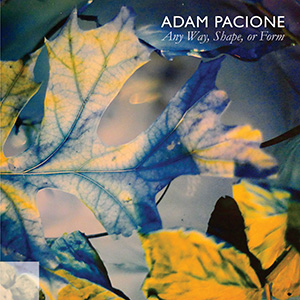 Austin based composer and photographer Adam Pacione's recorded work has been largely digital over the past 10 years or so, which makes this lavish four disc collection all the more significant. Any Way, Shape, or Form complies 2009's Still Life series of subscription only 3" CDRs alongside some other unreleased and rare material from the same era, based around material recorded between 1999 and 2009. In some ways the box is a massive undertaking, though split into comfortably bite sized pieces that perfectly capture Pacione's brand of unique ambient work, it is enjoyable in any listening arrangement.
Austin based composer and photographer Adam Pacione's recorded work has been largely digital over the past 10 years or so, which makes this lavish four disc collection all the more significant. Any Way, Shape, or Form complies 2009's Still Life series of subscription only 3" CDRs alongside some other unreleased and rare material from the same era, based around material recorded between 1999 and 2009. In some ways the box is a massive undertaking, though split into comfortably bite sized pieces that perfectly capture Pacione's brand of unique ambient work, it is enjoyable in any listening arrangement.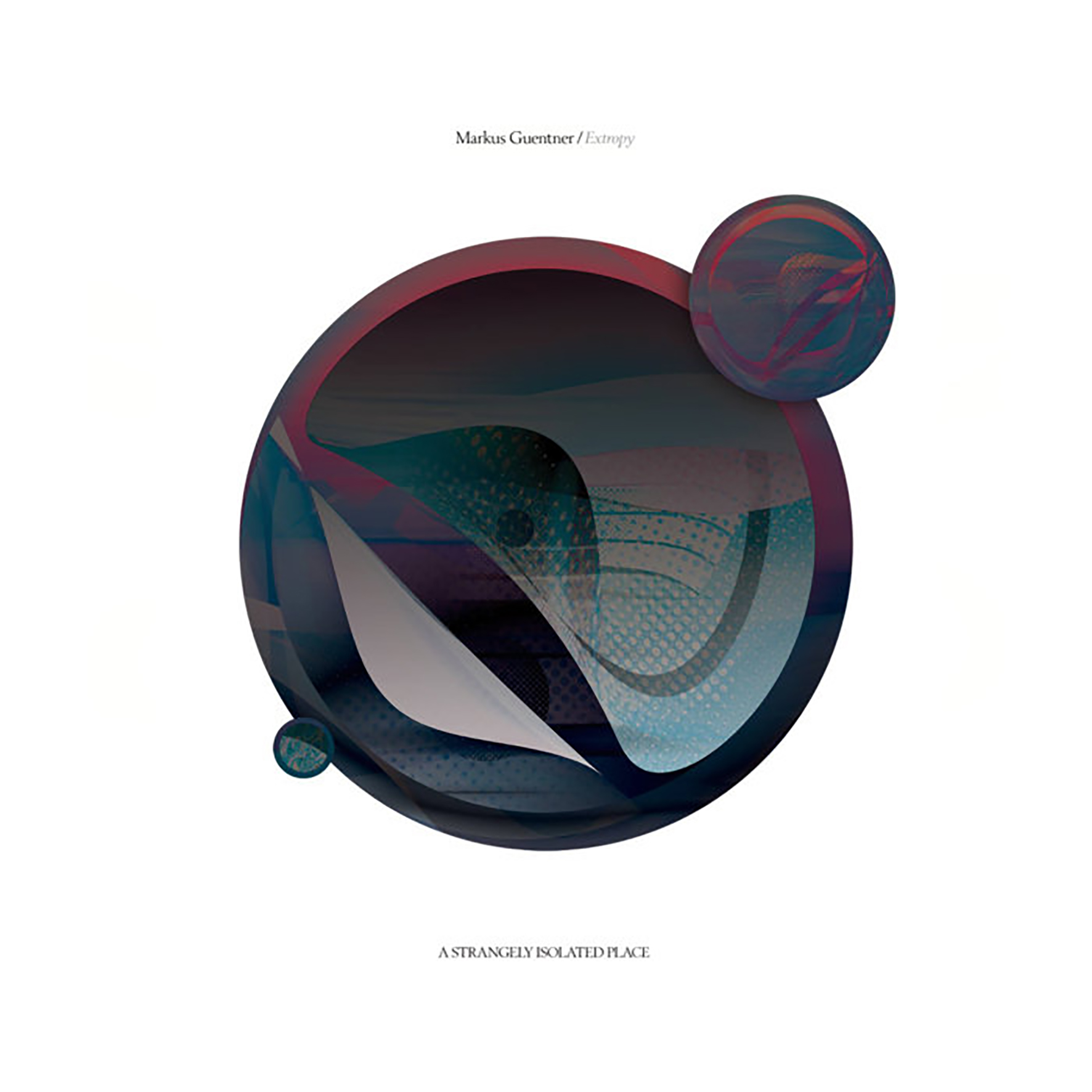 It has admittedly been a while since I have actively followed this German composer's work, but his 2001 debut album (In Moll) spent quite some time in heavy rotation for me during the early 2000s dub- and ambient-techno boom. In more recent years, Guentner has jettisoned the "techno" part of his previous aesthetic and devoted himself to an acclaimed run of space-inspired ambient opuses on LA's A Strangely Isolated Place. Accordingly to Guentner, Extropy "marks the final chapter in an accidental triptych of astronomy-related exploratory albums" that began with 2015's Theia.  While the previous two epics in the series drew conceptual inspiration from the birth of the moon and the earth's relation to the largely unknown and possibly infinite universe, this latest release focuses on "the indefinite growth of the life we hold so dearly." More specifically, Guentner was fascinated by "a pseudoscientific prediction that human intelligence and technology will enable life to expand in an orderly way throughout the entire universe." While I personally expect nothing but entropy instead and note that this album has more of an elegiac feel than an optimistic one, there is no denying that Guenter knows how to make an absorbing and beautifully crafted album. In fact, he may be a bit too good at it, as Extropy would be a bit more memorable if he allowed more sharp edges and eccentricities to creep into his art. That said, this album still seems like it would be one hell of a challenge to top as far as billowing ambient cloudscapes are concerned.
It has admittedly been a while since I have actively followed this German composer's work, but his 2001 debut album (In Moll) spent quite some time in heavy rotation for me during the early 2000s dub- and ambient-techno boom. In more recent years, Guentner has jettisoned the "techno" part of his previous aesthetic and devoted himself to an acclaimed run of space-inspired ambient opuses on LA's A Strangely Isolated Place. Accordingly to Guentner, Extropy "marks the final chapter in an accidental triptych of astronomy-related exploratory albums" that began with 2015's Theia.  While the previous two epics in the series drew conceptual inspiration from the birth of the moon and the earth's relation to the largely unknown and possibly infinite universe, this latest release focuses on "the indefinite growth of the life we hold so dearly." More specifically, Guentner was fascinated by "a pseudoscientific prediction that human intelligence and technology will enable life to expand in an orderly way throughout the entire universe." While I personally expect nothing but entropy instead and note that this album has more of an elegiac feel than an optimistic one, there is no denying that Guenter knows how to make an absorbing and beautifully crafted album. In fact, he may be a bit too good at it, as Extropy would be a bit more memorable if he allowed more sharp edges and eccentricities to creep into his art. That said, this album still seems like it would be one hell of a challenge to top as far as billowing ambient cloudscapes are concerned.
